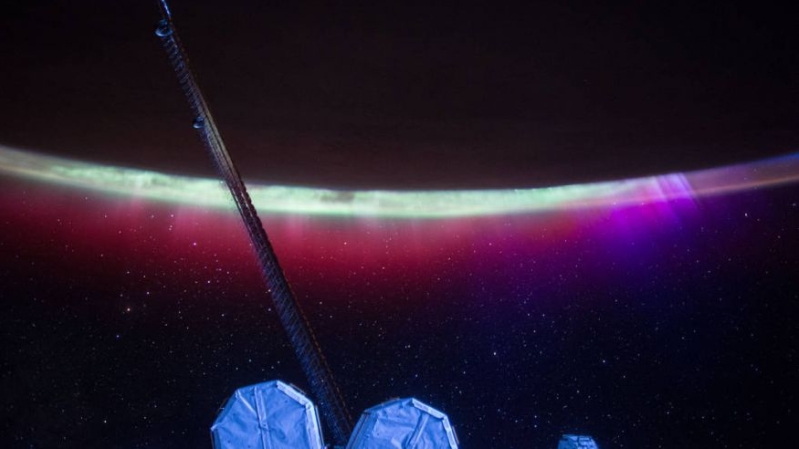
In spite of the cutbacks to the Space program, the International Space Station (ISS) is still up and running. There have been some recent developments with NASA's relationship with China as the country will bring a commercial payload to the ISS, as well as some interesting reports from one-year astronaut Scott Kelly. Kelly is starting to become the Twitter face for NASA, and his recent breathtaking view of the aurora from space is quite something. Kelly also talks of the process of space-grown vegetables.
Fox News reports that NanoRacks, a Houston-based aerospace company, will fly the first Chinese commercial payload to the International Space Station. The purpose is to partner with scientists from the Beijing Institute of Technology in order to study the effects of microgravity on DNA.
It took two years of negotiation to make this deal happen. China has been accused of hacking United States government agencies in the past, even though the Chinese have been involved in certain NASA projects in the past, such as the Alpha Magnetic Spectrometer, attached to the ISS during the final space shuttle mission. There is a budgetary stipulation known as the Wolf Amendment with China or any Chinese-owned company on new space-related endeavors until the People's Republic improves its human rights record and reduces its espionage efforts with the United States.
In a related story of the ISS, also covered by Fox News, NASA has released an awe-inspiring image of an aurora natural light display taken by one-year astronaut Scott Kelly on August 15th. The astronaut explains that "Aurora are one effect of such energetic particles, which can speed out from the sun both in a steady stream called the solar wind and due to giant eruptions known as coronal mass ejections or CMEs."
In case you are wondering, these are the Northern and Southern lights that we see from Earth. What happens is that "after a trip that can last two to three days, the solar particles and magnetic fields cause the release of particles already trapped near Earth, which then trigger reactions in the upper atmosphere in which oxygen and nitrogen molecules release photos on light".
Scott Kelly tweeted the image of the aurora from space, and he also tweeted what it was like to eat food grown on board, according to Slate. With "It's one small bite for man, one giant leap for #NASAVEGGIE", Kelly detailed what it was like to eat red romaine lettuce grown in space. He actually meant to say "one giant leaf", but like Neil Armstrong, he messed up his quote from space.
Still, it is a giant leap for mankind as growing edible food in space is a sign that it is possible to have long-term trips, like one going to Mars. Since there is no cooking possible in space, lettuce and other plants like tomatoes, peppers, and plums are what will be needed to make it on a long voyage.







